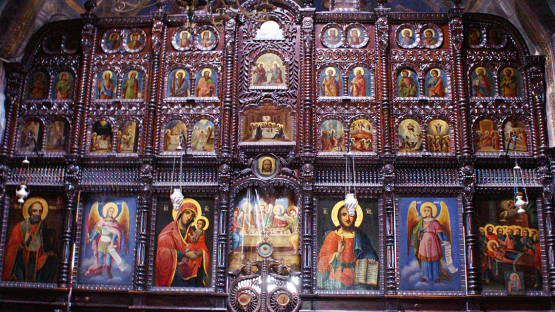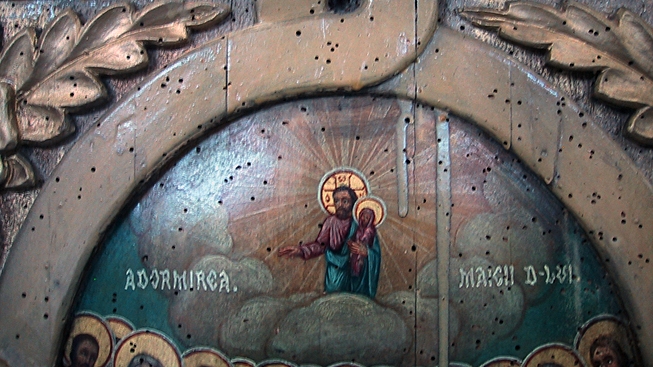Preserving art and cultural heritage is a shared ambition of the global community. The past plays an important role in understanding a people's way of life, which is why Father Ioan from an Orthodox church in the village of Izvoarele on the southern slopes of the Carpathian mountains in Romania was desperate to save the revered 19th century assembly of icons of his parish. Faced with a dreadful situation when he noticed insects inside his church, Father Ioan turned for help to a very unlikely source — radiation treatment — to prevent any further parasite attacks.
Woodworms were nibbling away at the sacred work of art, known as an iconostasis, in this old church in the picturesque hamlet of 800 homes, 120 kilometres north of Bucharest. "It was my responsibility to take action. At the beginning, I started to inject chemical solutions in the insect holes. Because the icons are thick objects, the injection solution did not penetrate deep to the source of the worm attack and there was no effect. That is why I considered a better solution," said Father Ioan.
He took the insect-infested iconostasis to the IRASM Radiation Processing Centre in Bucharest, where staff welcomed him with awe. "He heard about us on television. He arrived alone at our door, with no phone call in advance," said Valentin Moise, Director of the Centre, which is part of the Horia Hulubei National Institute of Physics and Nuclear Engineering.
The traditional approach to eradicate insects, such as woodworm, is to inject poison either in the form of a gas or liquid into each hole created by the insect and seal it with wax. The poison should reach the area in which the insect subsists and multiplies; however, the insects are often not fully eradicated. Chemical treatment is a long and expensive process that also exposes people to hazardous fumes. In comparison, radiation treatment requires a shorter treatment time, is inexpensive and completely eliminates the insects.
Radiation doesn't damage the precious artefacts; they don't become radioactive, and it's swift and effective.



